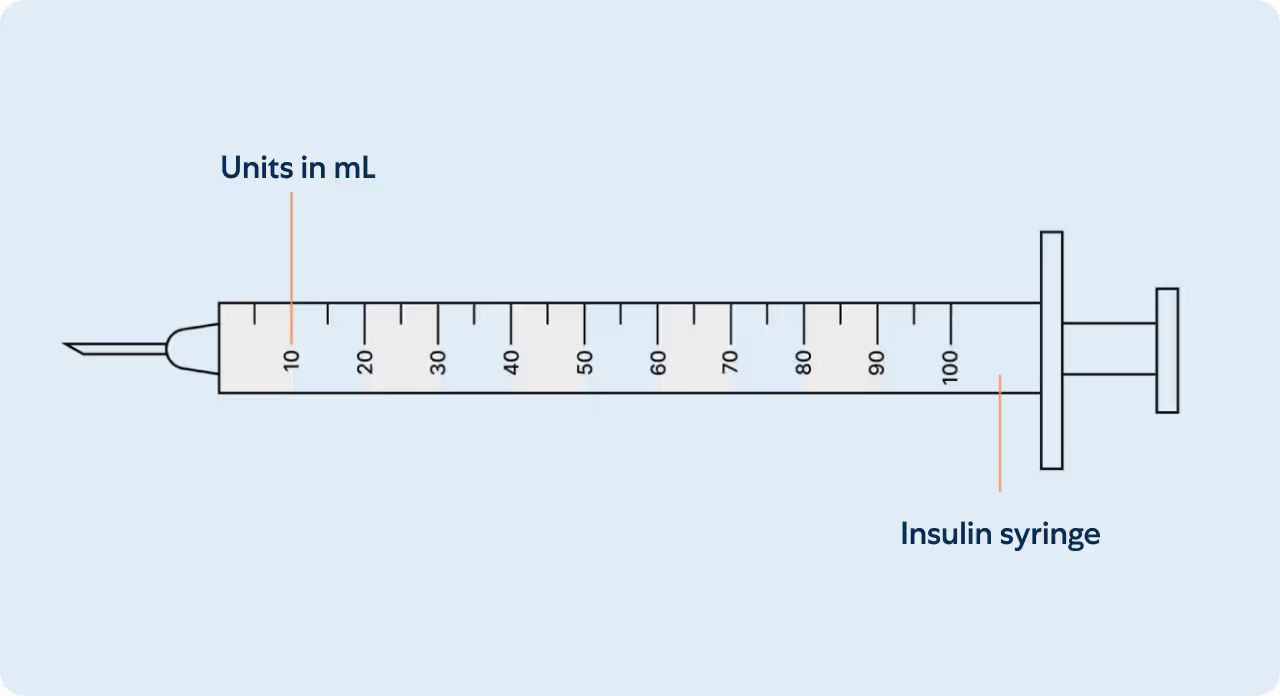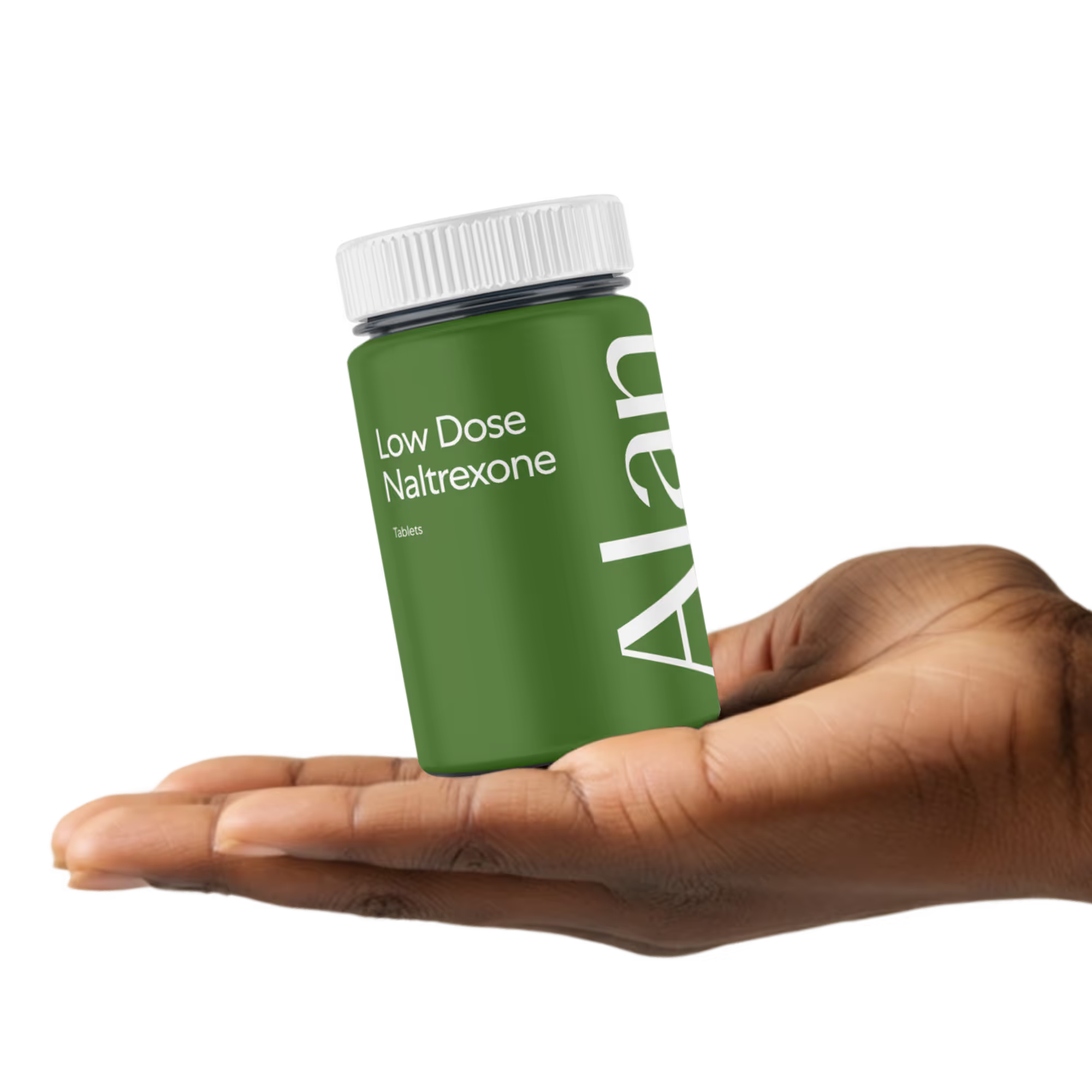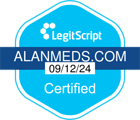Storage
Store at room temperature, away from heat and moisture. No refrigeration is needed.
Instructions
This information is intended for individuals who have been prescribed Low Dose Naltexone (LDN) by their Alan Health provider.
Low Dose Naltrexone (LDN) is generally considered a safe and well-tolerated treatment that supports immune balance and reduces inflammation. Please follow the usage instructions below carefully.
How to Take
- Take by mouth once daily, preferably at bedtime.
- Do not exceed the prescribed dose.
- Store in a cool, dry place away from sunlight and moisture.
Dosing: Your Alan Health provider has prescribed a gradual introduction protocol to LDN. Please refer to your Alan Health Portal for personalized dosing instructions. If you have any medical questions, reach out via the Doctor Chat in your portal.
Important Safety Note:
Do not take LDN if you are currently using opioid or narcotic pain medications such as:
- Codeine
- Tramadol
- Oxycodone (e.g., Percocet)
- Hydrocodone (e.g., Vicodin, Norco)
Taking LDN with opioids can trigger serious withdrawal symptoms. If you require short-term opioid use (e.g., for dental surgery), consult your Alan Health physician in advance.
Understanding your insulin syringe

Measuring your dose
Insulin syringes are used for subcutaneous injections. They are marked in Units on the insulin syringe barrel (see illustration). Insulin syringes facilitate the precise measurement of tiny amounts of liquids which are ideal for medications such as insulin that require small and accurate dosing. Unit marks are also expressed in mL’s and can be interchangeably referenced. A prescriber may write a prescription in Units or in mL’s.
Within the amount of liquid is the prescribed mg dosage of your medication (see mg chart). Milligrams (mg) is not an amount of liquid, but rather the amount of drug that is within. The conversion between units and milligrams varies depending on the concentration of the product being used.
What can I expect?
Safety information
The most common side effects of low dose naltrexone include vivid dreams, insomnia, or headache.
In rare cases, side effects may include anxiety or mood changes. Seek immediate medical attention if you experience any of these symptoms.
A full list of side effects can be found here.
Do not use this product if you are currently pregnant, breastfeeding, or plan to become pregnant or breastfeed without consulting a qualified healthcare provider.
Note: You should not take low dose naltrexone if you are a current opioid user, have liver failure or acute hepatitis, or have a known hypersensitivity to naltrexone or any of its components. Consult your physician if you are on immunosuppressive therapies or CNS-active drugs.
Note: The above statements have not been evaluated by the Food and Drug Administration. This product is not intended to diagnose, treat, cure, or prevent any disease.
Frequently Asked Questions
What is Low Dose Naltrexone (LDN) used for?
LDN is often used off-label to support immune balance and reduce inflammation. It’s commonly included in wellness plans for autoimmune conditions, chronic pain, or general immune support.
How does Low Dose Naltrexone (LDN) work?
At low doses, naltrexone briefly blocks opioid receptors, prompting the body to produce more natural endorphins. These endorphins help calm the immune system and reduce chronic inflammation.
What are the potential side effects of Low Dose Naltrexone (LDN)?
LDN is generally well-tolerated. Some people may experience vivid dreams, trouble sleeping, headaches, or mild digestive issues when starting. These effects typically fade as your body adjusts.
When will I start seeing results?
You may start to feel subtle improvements—like better sleep, mood, or less discomfort—within a few weeks. Full benefits often build over several months of consistent use.
Is a prescription required for Low Dose Naltrexone (LDN)?
Yes. Even at low doses, naltrexone is a prescription-only medication and must be prescribed by a licensed provider. Our standard dose of LDN ranges between .5 to 4.5 mg. Your exact dosage will be tailored by your Alan Health clinician to best align with your needs and treatment goals.
Can I take Low Dose Naltrexone (LDN) with other medications?
LDN may interact with opioid-based medications and should not be used at the same time. Always consult your prescribing provider to review potential interactions with your current treatments.
Can I take LDN long-term?
Many people take LDN for months or even years as part of their ongoing wellness plan. It’s considered a low-risk option for long-term use under medical supervision.
Additional support
For details about your medication and dosing, please log in to your patient portal. Your physician is here to help with any medical questions. If you are experiencing a medical emergency, call 911 right away.













